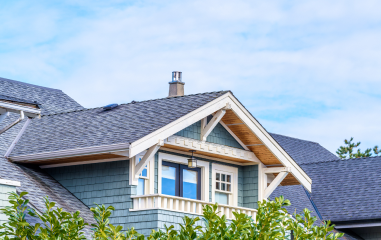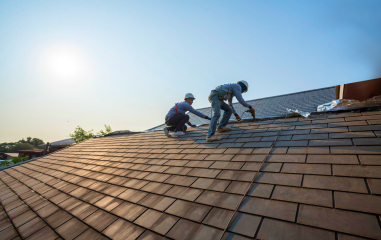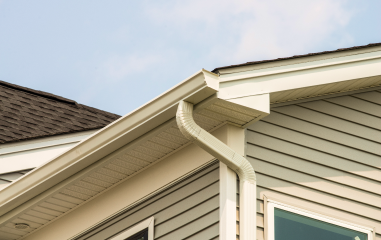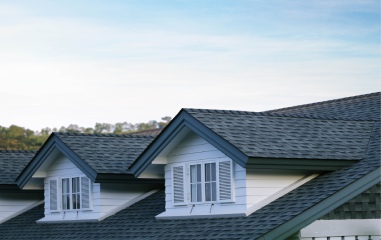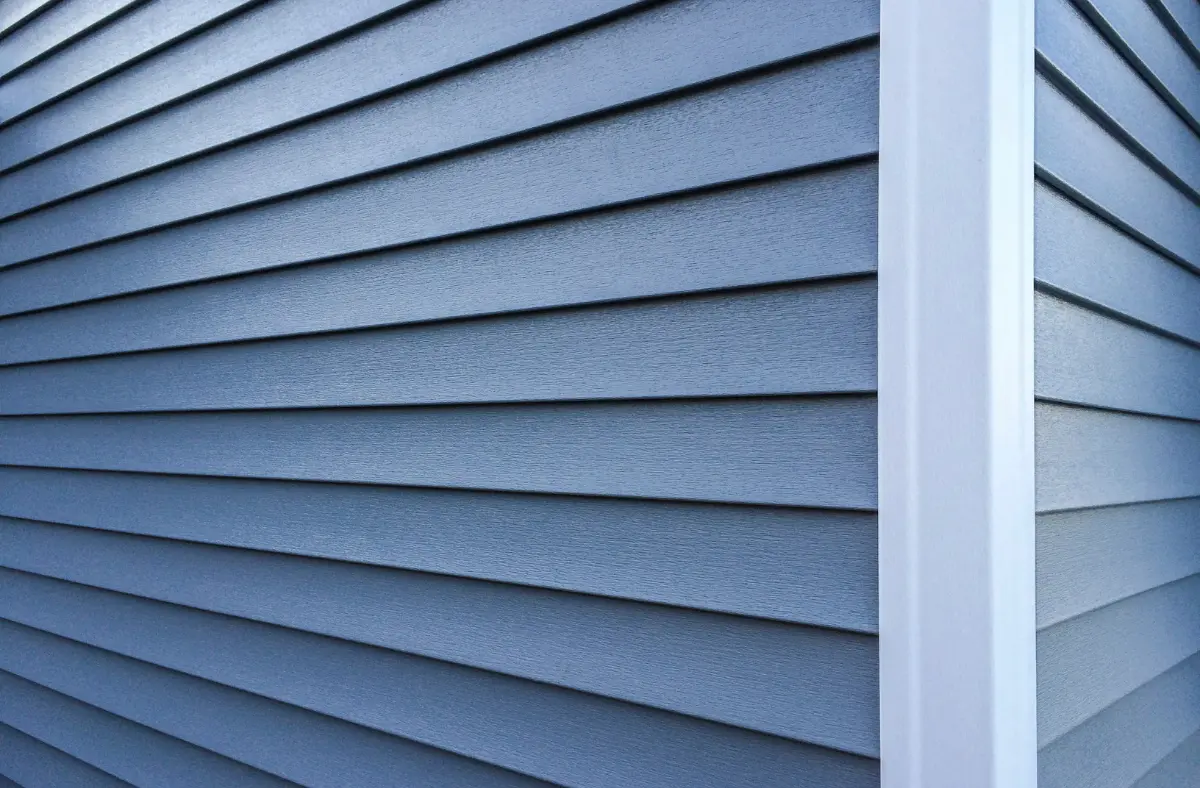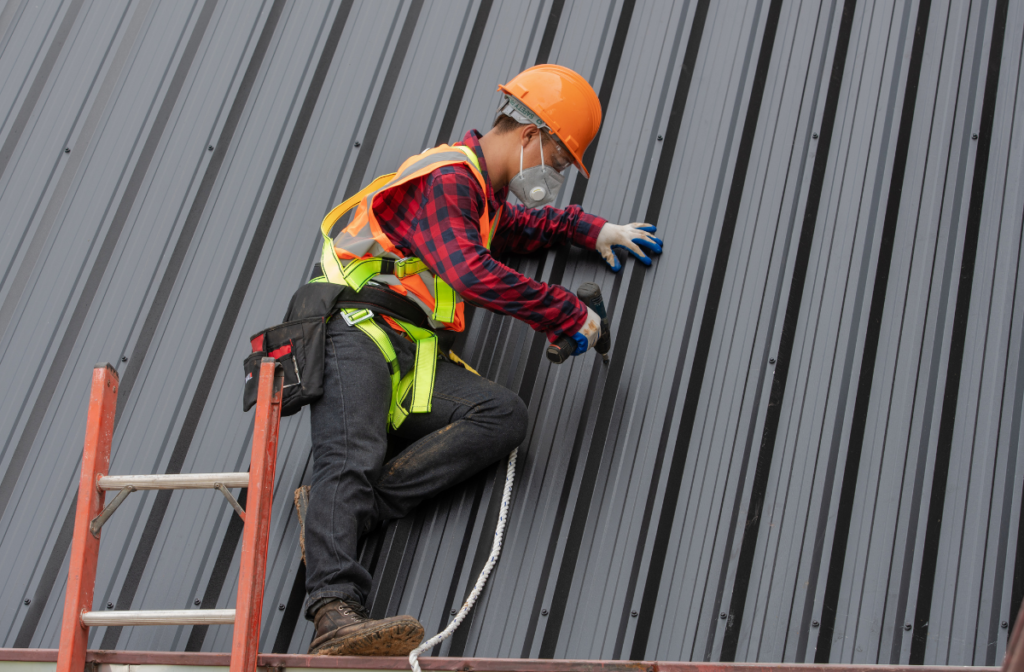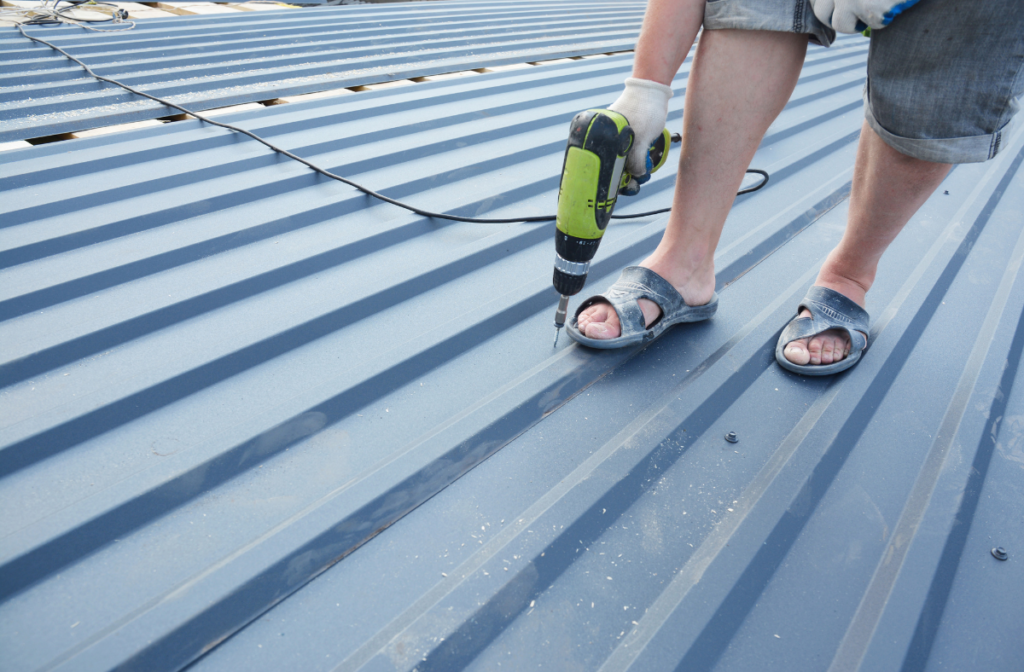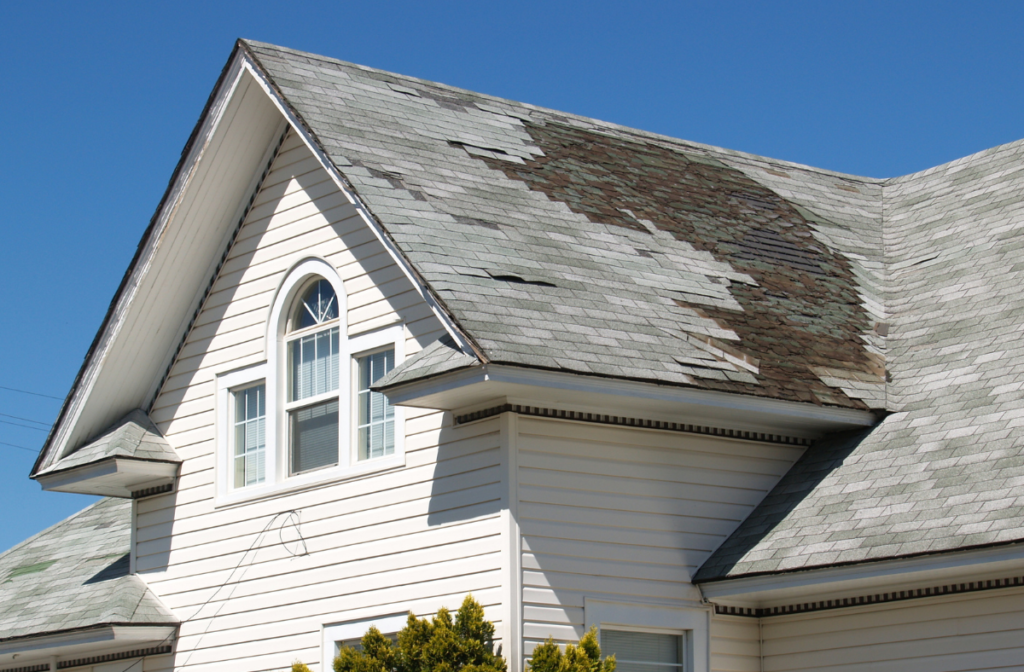Your home’s exterior siding does more than just make it look great
It’s the first line of defense against the elements. Whether it’s vinyl, fiber cement, wood, or another material, your siding protects your home from wind, rain, sun, and pests.
But like anything exposed to the outdoors year-round, siding needs a little care and attention to stay in top shape.
Without regular siding maintenance, dirt builds up, mold and mildew can spread, and small cracks or gaps can lead to bigger, more expensive problems down the road.
The good news?
Keeping your siding looking great doesn’t have to be difficult or expensive.
In this guide, we’ll share 9 practical siding maintenance tips that will help you protect and extend the life of your siding for years to come.
Table of Contents
Inspect Your Siding Regularly
Effective siding maintenance starts with regular inspections. Evaluate the condition of your siding seasonally, or at least biannually.
Look for cracks, warping, mold, mildew, or signs of pests. To tell if your house siding has been damaged by pests, look for the following signs:
- Small holes or tunnels: Tiny round or irregular holes in the siding can indicate carpenter bees, termites, or boring insects.
- Sawdust or pest droppings: Look for piles of fine sawdust-like material near the base of siding or windows.
- Chewing or gnaw marks: Rodents like mice, rats, or squirrels may chew through vinyl or wood to access the interior. Look for ragged edges or teeth marks around holes.
- Visible nesting material: Birds, bees, wasps, or rodents sometimes nest behind siding, and you might see grass, leaves, or insulation poking out from gaps.
- Insect wings or bodies: Finding discarded termite wings near siding is a red flag for a termite swarm; the presence of dead insects near entry points also signals activity.
- Hollow-sounding wood: If your siding sounds hollow, termites may have eaten the inside while leaving the exterior intact.
Catch and address these issues early to prevent them from becoming bigger problems down the road.
Wash Your Siding Annually
At least once a year, you should wash your siding. This helps remove dirt, mildew, and stains. You can use a garden hose, soft brush, or pressure washer (with care) to wash your house siding.
You want to avoid using harsh chemicals when cleaning your siding. Instead, use gentle cleaning solutions like:
- Dish and soap water (general purpose): Mix 1/3 cup of mild dish soap (like Dawn) into 1 gallon of warm water.
- Vinegar and water (mildew and light mold): Mix 70% water and 30% white vinegar (or a 1:3 ratio for gentler cleaning).
- Oxygen bleach solution (stubborn stains, mildew, mold): Mix 1/2 cup of oxygen bleach (like OxiClean or powdered percarbonate) in 1 gallon of warm water.
Check for Mold, Mildew, and Algae
Shaded or moisture-prone areas are prime breeding grounds for mold, mildew, and algae. If you notice any of these growths on your house siding, it’s important to address them quickly. Not only do they hurt the way your house looks, but they can also cause health problems for those who come into contact with them.
To safely clean mold from house siding, start by using a soft-bristle brush or sponge to gently scrub the affected areas with a cleaning solution. A combination of 1 gallon of water, 1/3 cup of laundry detergent, and 1 quart of household bleach can be effective against mold and mildew.
It’s important to note that if you have algae stains on your house siding, it could indicate water drainage issues. In this case, it’s best to address the underlying cause and fix any drainage problems before attempting to clean the algae stains.
Time to replace your exterior siding? Contact us today for a FREE inspection and consultation.
Keep Gutters and Downspouts Clear
Proper siding maintenance also includes keeping your gutters and downspouts clear. Clogged gutters can cause water to overflow onto your siding. This, in turn, can lead to mold and mildew growth, as well as water stains. If your siding is damaged in places, water can also cause structural damage to your home.
Regularly cleaning your gutters and downspouts will prevent these issues and ensure proper drainage. Aim to clean them at least twice a year or more frequently if you live in an area with heavy rainfall.
Trim Trees and Shrubs Away from the House
If trees or shrubs are too close to your house, they can scratch and damage the siding. It can also cause moisture buildup, which can turn into mildew or rot. Additionally, when shrubs and trees butted up against your home, it makes it easier for pests to get to your siding.
To keep your house siding in good shape, regularly trim trees and shrubs away from your house. Shoot for a clearance of at least 18 inches from the siding. This will give your siding room to breathe and prevent potential damage.
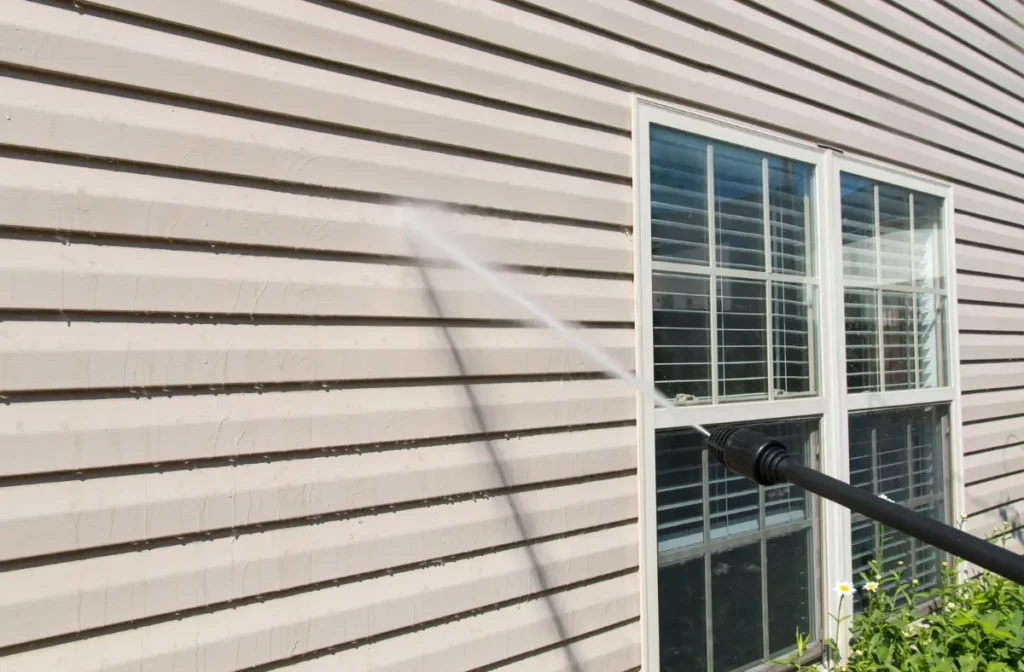
Repair Cracks, Gaps, and Holes Promptly
They might not seem like a big deal, but small cracks, gaps, and holes can turn into big problems if they’re not addressed. Seemingly small issues can lead to water infiltration, rot, and pest problems.
To prevent this, make sure to regularly inspect your siding for any signs of damage. If you notice any cracks, gaps, or holes, make sure to repair them promptly. Depending on the severity of the damage, you may be able to use caulk or insulation foam to fill in small gaps and holes.
If the damage to your siding is severe, it’s best to call a professional team, like M&M Roofing, Siding, and Windows, to repair your siding. We’ve been in business for more than 40 years and have served thousands of clients across Texas. We’re siding experts and can help you repair or even replace your siding. We can also help you select the best siding for your house.
If you’re concerned about the state of your siding, contact us today for a free inspection and quote.
Inspect and Maintain Caulking Around Windows and Doors
Caulking prevents water intrusion at joints. While it’s not the most exciting home maintenance task, it’s one that can save you a lot of headache and expensive repairs.
Inspect your caulking around windows and doors for any cracks or gaps. If you find any, remove the old caulk with a putty knife and clean the surface before applying new caulking. Make sure to use high-quality exterior caulk designed for windows and doors.
It’s also important to maintain your caulking regularly. Over time, it can dry out and crack due to exposure to sunlight and extreme weather conditions. Check your caulking once a year and touch up as needed to prevent water from seeping in.
Address Paint Peeling or Fading (For Painted Siding)
Paint protects wood or fiber cement siding from moisture. If you notice significant peeling or fading, it may be time to repaint your siding. If the paint is peeling, scrape off any loose paint and sand down the area before applying a new coat.
For fading, consider using a color-matched exterior paint specifically designed for siding to give your home a fresh look.
Additionally, pressure washing can also help revitalize your painted siding. Use a low-pressure setting and a mild detergent to remove dirt and grime without damaging the paint or surface of your siding.
Know When It’s Time for Replacement
Eventually, there will come a time when you need to replace your house siding. How do you know it’s time to replace your siding?
Look for widespread warping, rotting, excessive fading, or skyrocketing energy bills. These are all signs that your siding is no longer providing adequate protection for your home, and it’s time to consider replacing it.
An upside is that replacing your house siding can significantly boost its curb appeal and value. If you’re trying to sell your home, new siding can go a long way in attracting potential buyers.
Final Thoughts
A little regular siding maintenance goes a long way in preserving its fresh, clean look and preventing small problems from turning into costly repairs.
By following these nine simple tips, you can keep your siding in excellent shape, extend its lifespan, and maintain your home’s curb appeal for years to come. Whether it’s giving it a good wash, keeping an eye out for damage, or knowing when it’s time to make repairs, a little effort now can save you a lot of time and money down the road.
If you’re concerned about the state of your siding, contact us today. We’ll send one of our siding experts to your home for a thorough inspection. If repairs or replacement are needed, they’ll provide you with a free quote. With more than 1,000 positive Google reviews, you can be sure you’re in good hands when you work with M&M Roofing, Siding, and Windows.
M&M Roofing, Siding, and Windows has been serving Texas homeowners for over 40 years. Call us or complete the request form to schedule a FREE inspection and consultation.


